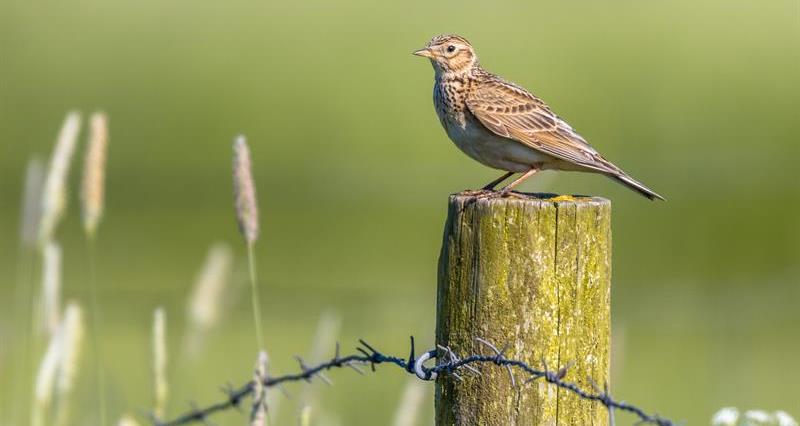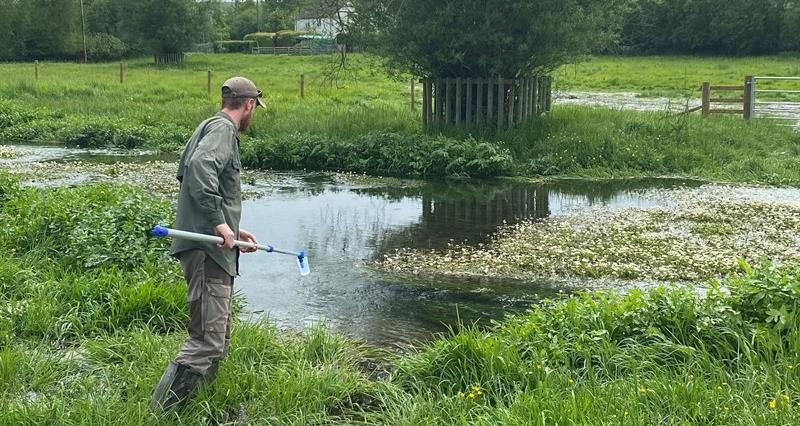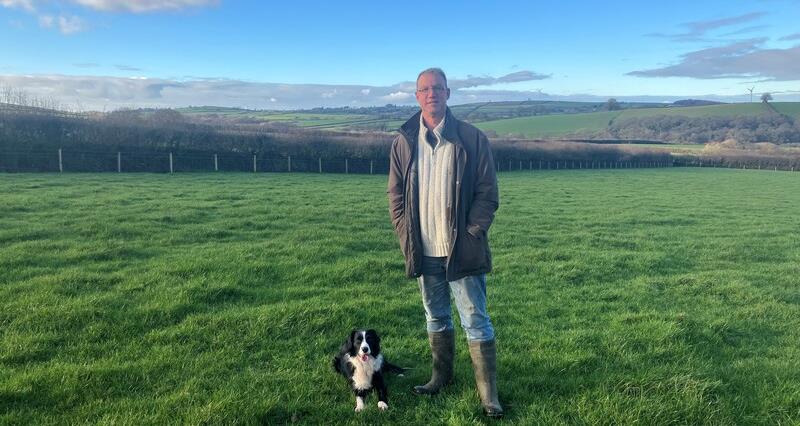The annual nationwide survey, organised by the GWCT (Game and Wildlife Conservation Trust) and sponsored by the NFU, provides a vital snapshot of the health of our cherished farmland birds.
This will mark the 12th anniversary of the GWCT Big Farmland Bird Count – the first nationwide citizen science project to involve farmers in monitoring the state of farmland songbirds.
The count aims to raise awareness of the important role they play in the conservation of farmland birds, and to measure the impact of the conservation work that many farmers and wildlife managers carry out.
This year, the GWCT has published new and exciting easy-to-use guides and count sheets to help get younger spotters involved and make next year’s count a family adventure.
BBC Countryfile’s Adam Henson will launch the count on 7 February. He recently installed some additional supplementary feeders on his Cotswold Farm, after the GWCT helped and advised him on the best location for them and has said birds have been flocking to them ever since.
How to get involved
Visit GWCT Big Farmland Bird Count and follow these three simple steps:
- Download your count sheet.
- Count your birds on one day between 7-23 February and spend around 30 minutes recording the species and number of birds you can see on one particular area of your farm.
- Once you've completed your count, simply submit your results online at: bfbc.org.uk.
You can also download a free farmland bird ID guide from the GWCT – the essential companion for participants in the Big Farmland Bird Count.
“So for 30 minutes sometime during the next two weeks, arm yourself with binoculars, a note pad and a bird book.”
NFU Deputy President David Exwood
Take part and make a difference
“The BFBC is the first and only UK-wide citizen science project to involve land managers in monitoring the state of farmland birds,” explained Dr Roger Draycott, from the GWCT.
“Since the count started in 2014, it has helped us understand how wildlife is doing on our land, and it gives us a national snapshot of the state of nation when it comes to our farmland birds.
“You can really make a difference by taking part. By spending just half an hour in one spot on your farm or shoot, counting the birds you see and submitting your results to the GWCT, the results help us build a national picture of which species are benefiting from conservation efforts, and which are most in need of help.”
NFU Deputy President David Exwood described farmers and growers as “passionate about maintaining and improving the great British countryside”.
He added: “Big thanks to Adam Henson for hosting the launch of the Big Farmland Bird Count which the NFU is pleased to sponsor again this year. This event provides a unique snapshot of the huge amount of work being carried out on farms nationwide to encourage wildlife.
“It’s great that there’s a push this year to get more young people involved in the count. I would encourage members to get help from your children, grandchildren or younger friends and family as it’s a great way to connect with farming in a way that’s engaging, memorable and fun.
“So for 30 minutes sometime during the next two weeks, arm yourself with binoculars, a note pad and a bird book, find a suitable spot on the farm, and not only will you be part of an initiative that seeks to provide key information about farmland wildlife, you will brush up on your spotting skills and get a better understanding of the biodiversity of your farm.”
Tips to help make a change
The GWCT suggests a few changes can make a big difference:
- Adopt effective conservation measures, such as providing supplementary winter feeding or growing crops specifically to provide seed for birds.
- Provide extra winter seed food. Supplementary feeding is particularly beneficial for birds of conservation concern like grey partridge, yellowhammer and corn bunting.
- Use ‘conservation headlands’ – wide field margins where little or no pesticides are used – to encourage insect populations and safe nesting habitat.
How does the count work?
The GWCT Big Farmland Bird Count asks farmers and land managers to spend 30 minutes recording the bird species they see on their land as part of an annual nationwide survey which helps to identify any species which are struggling.
The count is a simple way for farmers and gamekeepers to assess the natural capital on farm, an increasing requirement under the government’s Environmental Land Management scheme, and to chart the effects of any conservation they carry out.
Completing it year after year can help to establish the biodiversity gains from long-term conservation efforts.
The scheme was launched in 2014 to highlight the positive work done by farmers and gamekeepers in helping to reverse the decline in farmland birds.
2024 results
During 2024, nearly 395,000 birds were spotted as part of 1,721 surveys.
The results found that:
- Blackbirds, woodpigeons and robins were present on 79% of farms.
- 41% of farms provide supplementary feed to help birds through winter.
- 43% of participants are in an agri-environment scheme.
- 27 species from the Red List for Birds of Conservation Concern were spotted, totalling 139,102 individual birds.
- Starlings, Linnets, Fieldfares and Lapwings were the most abundant Red Listed species recorded.
- The rarest sightings were of snow bunting, rock pipit, merlin, greenshank, golden eagle and Bittern.
- Norfolk topped the list of recording the largest number of counts, followed by Suffolk and Wiltshire.



